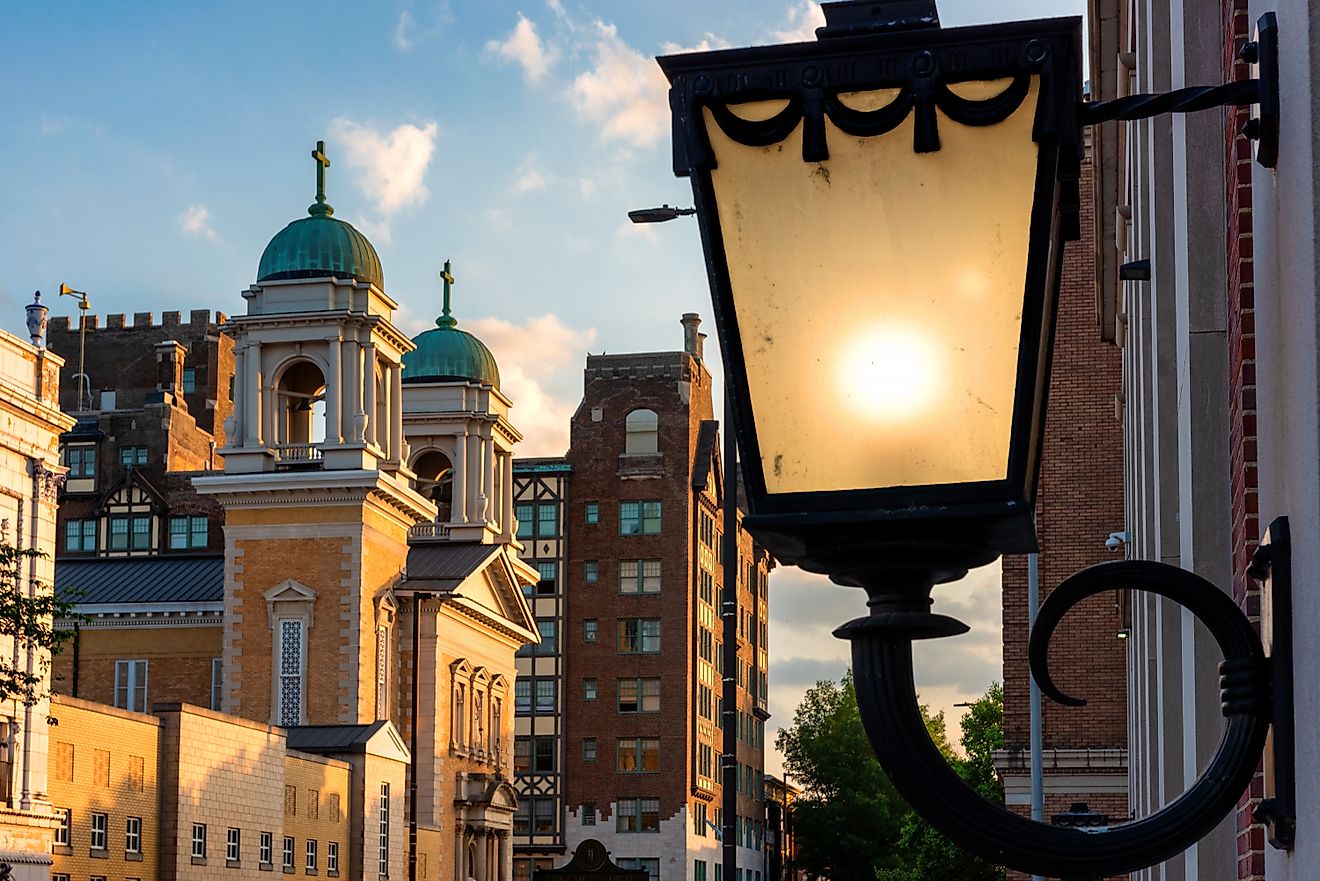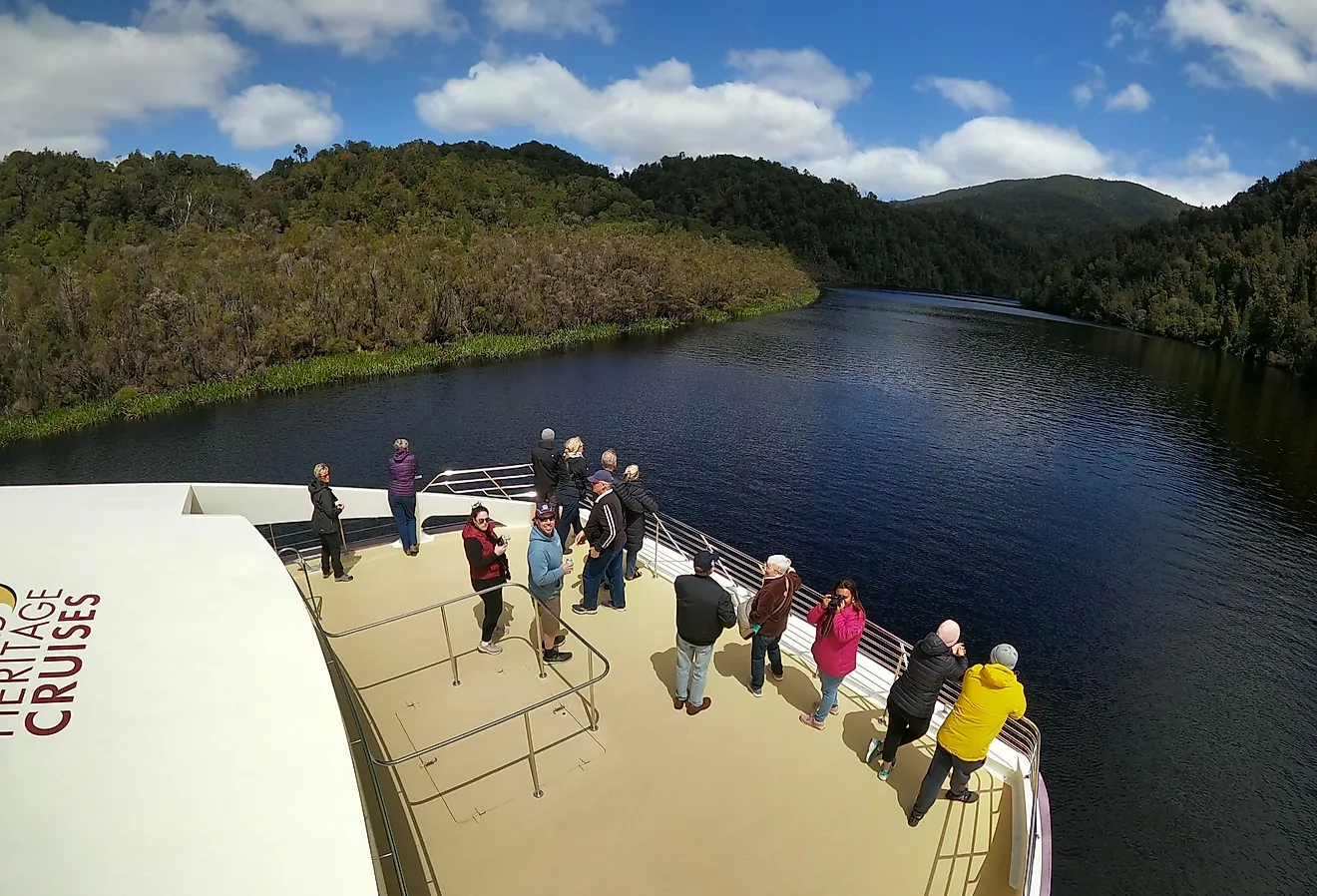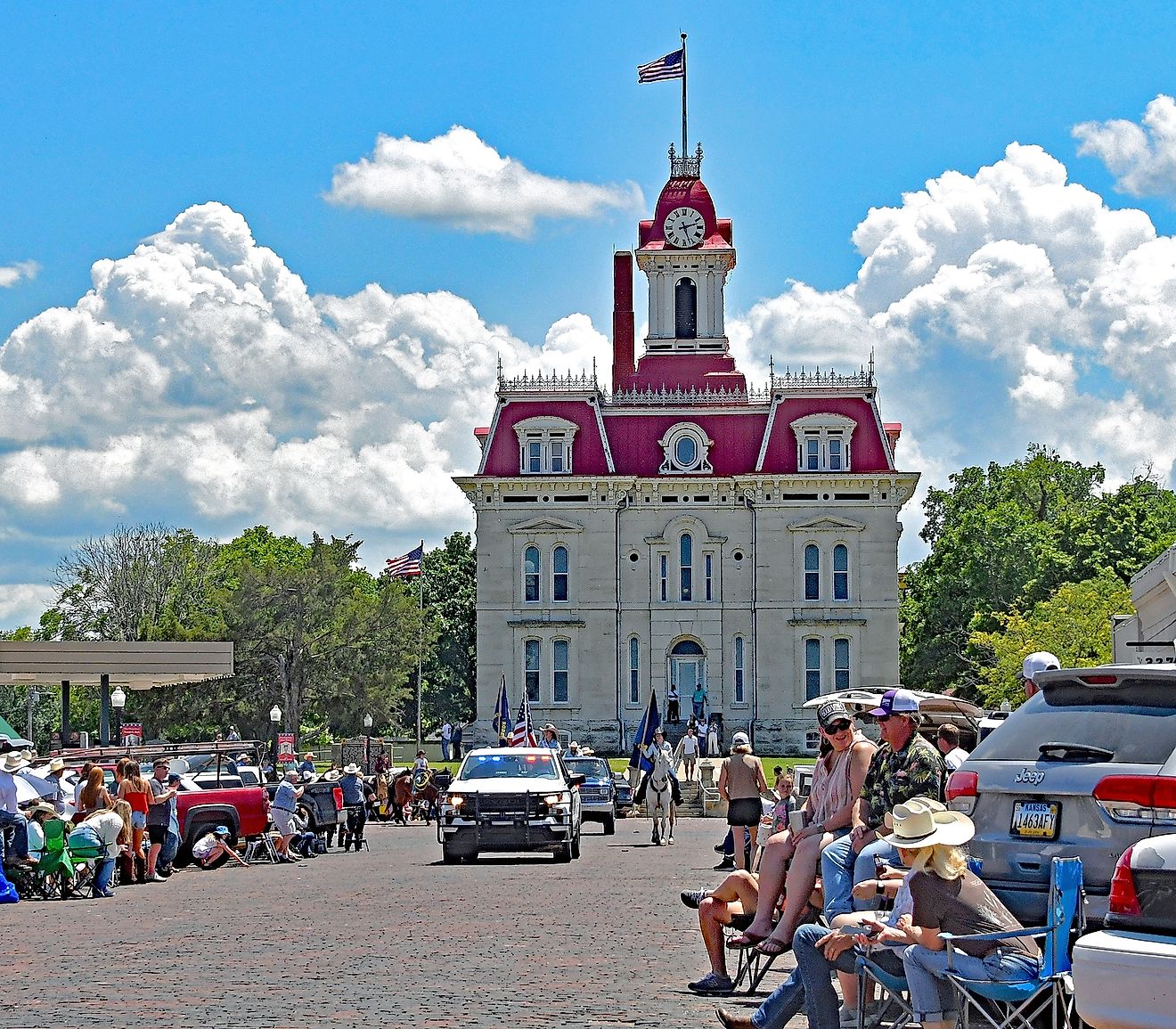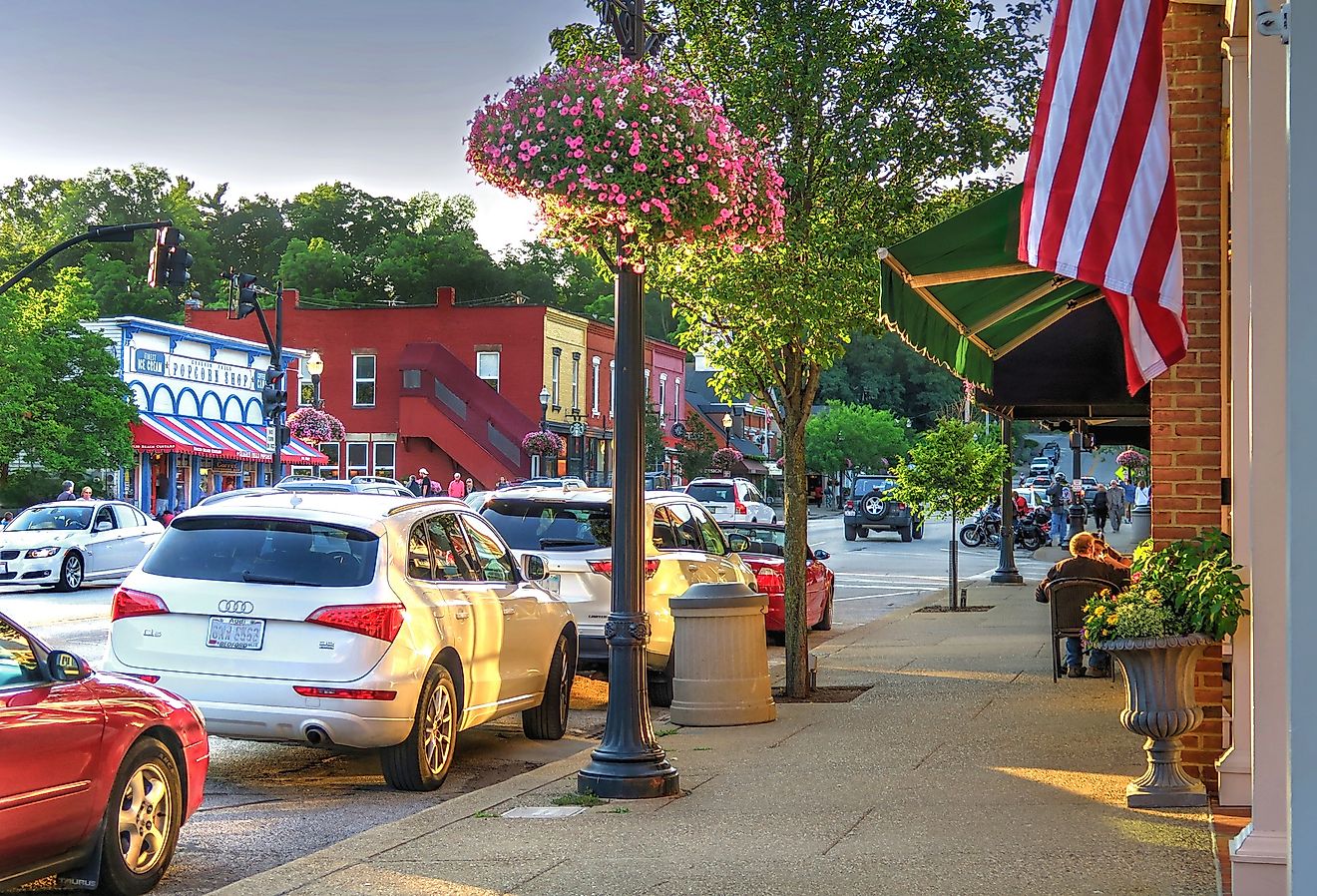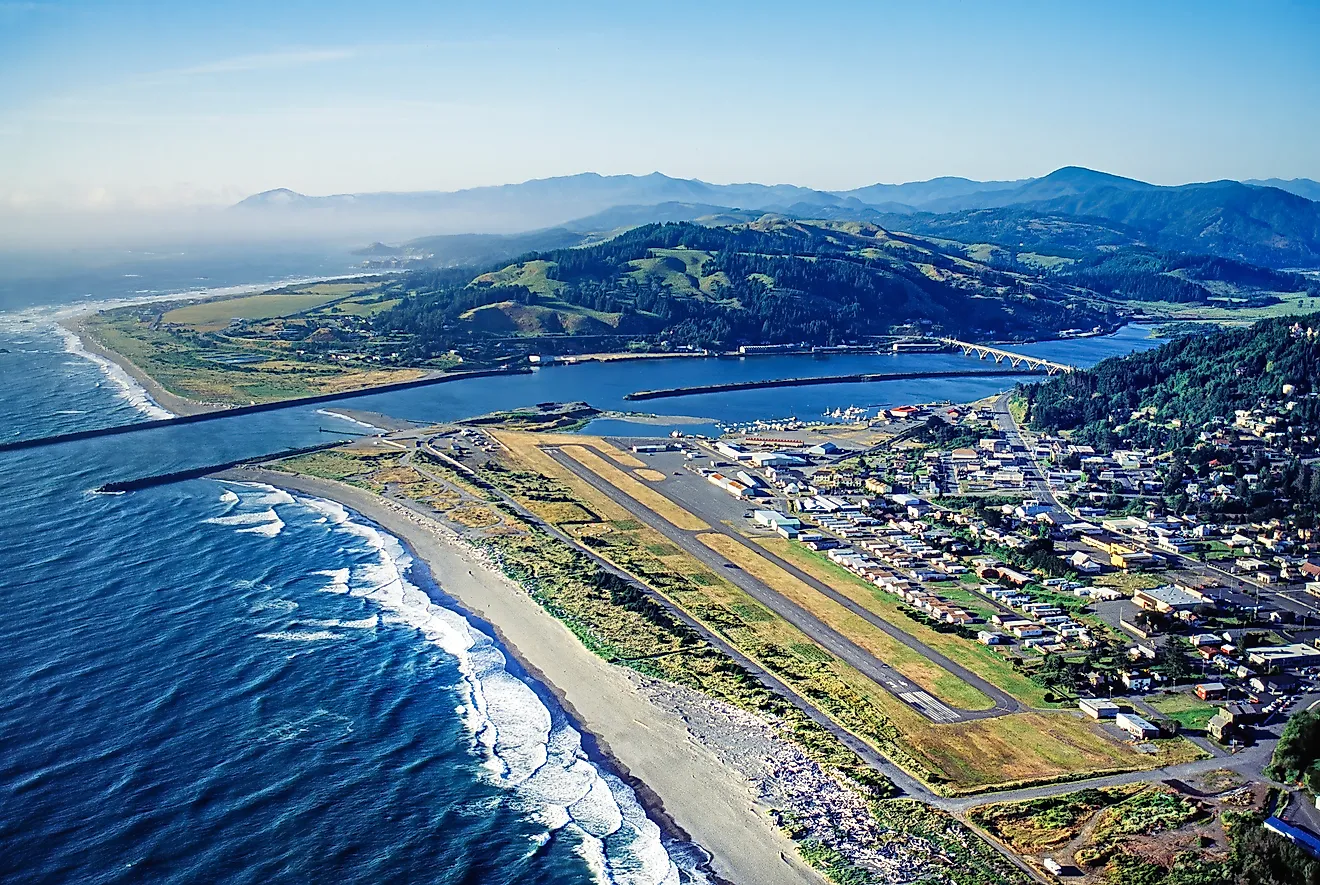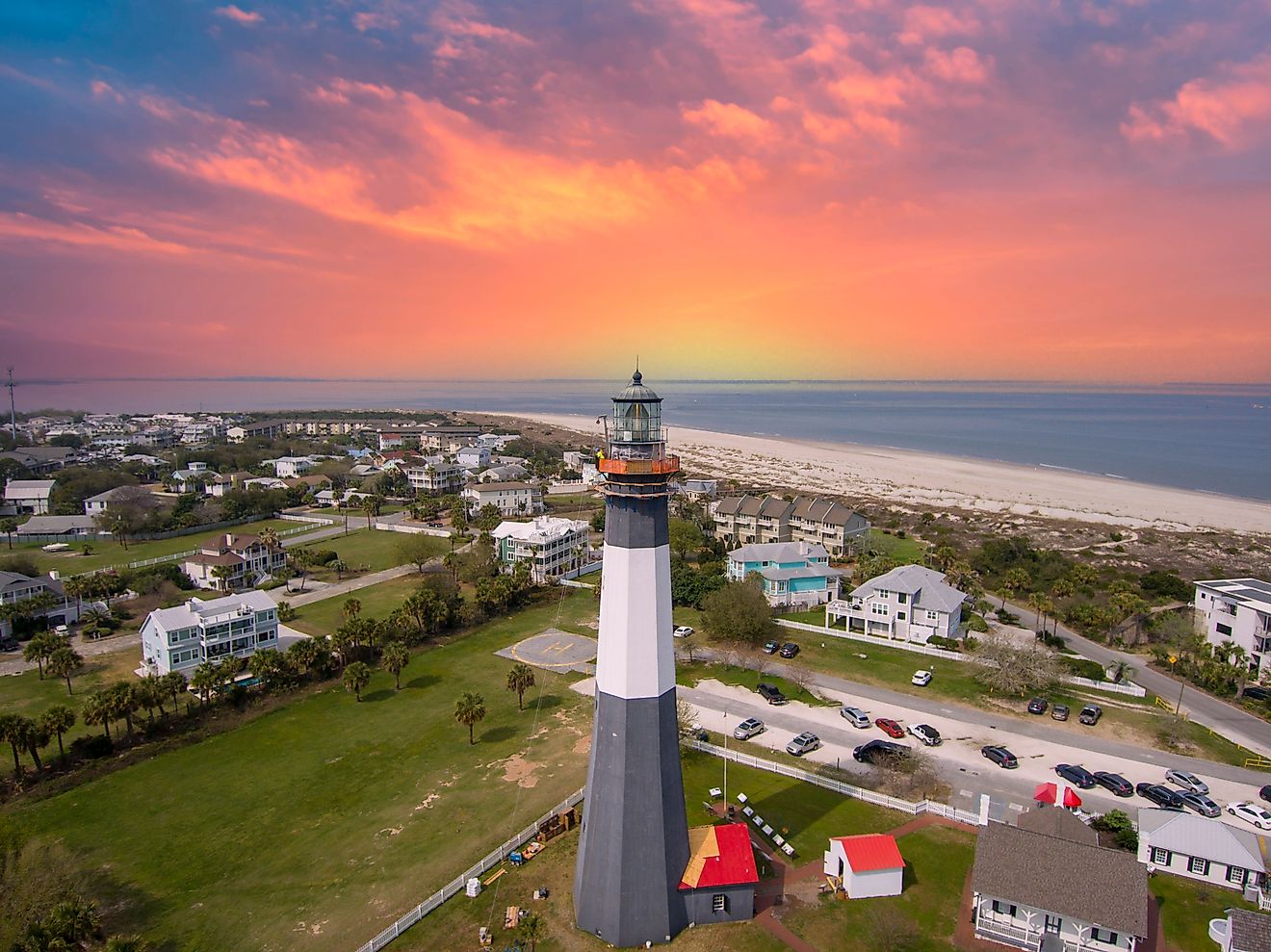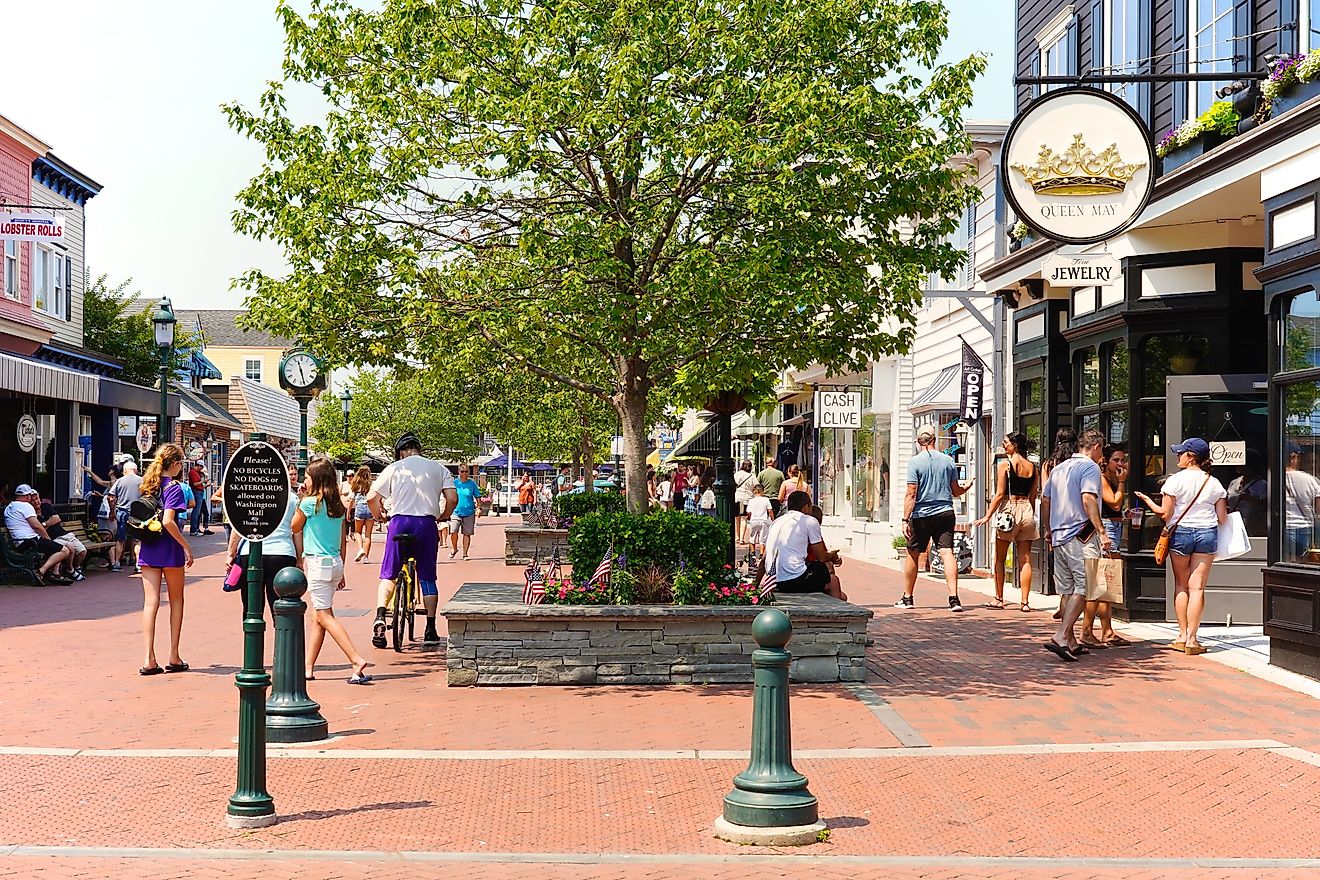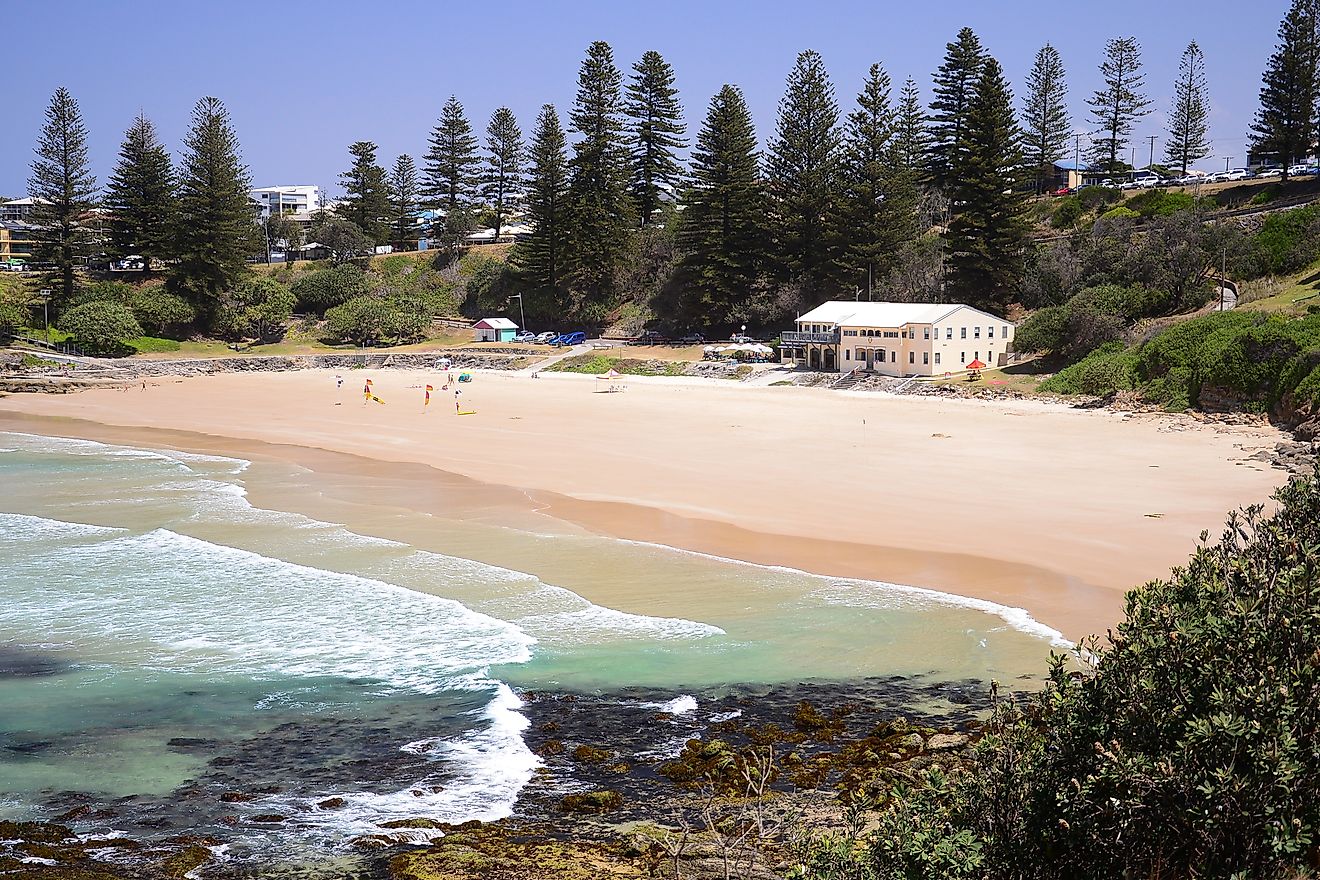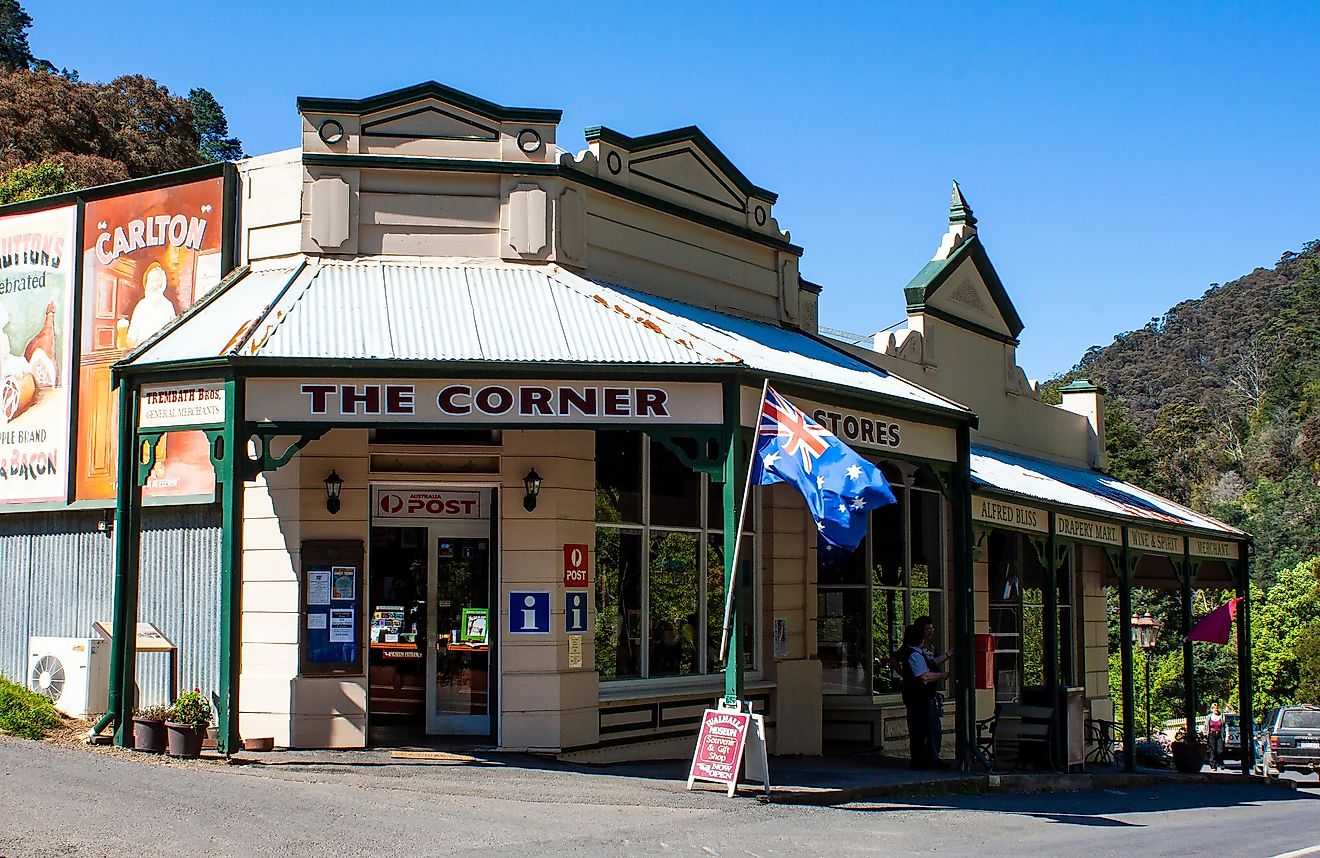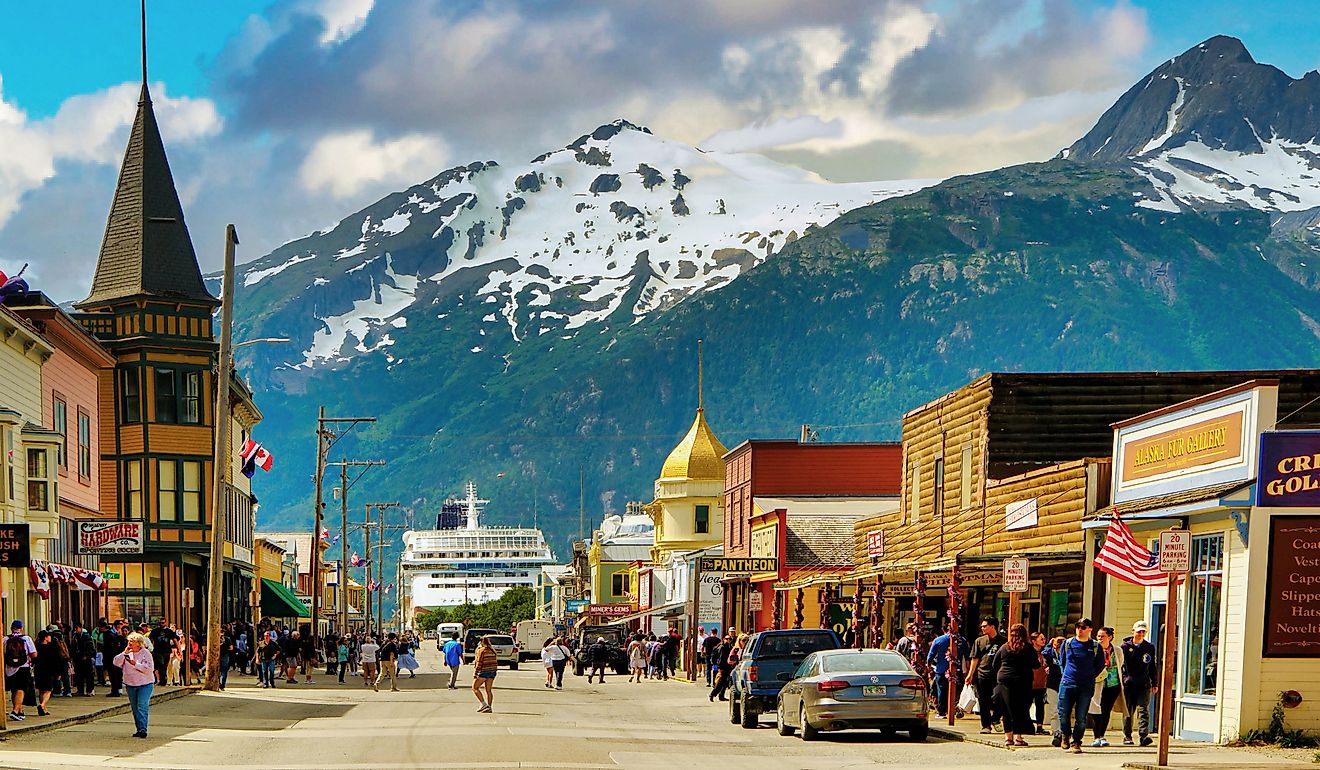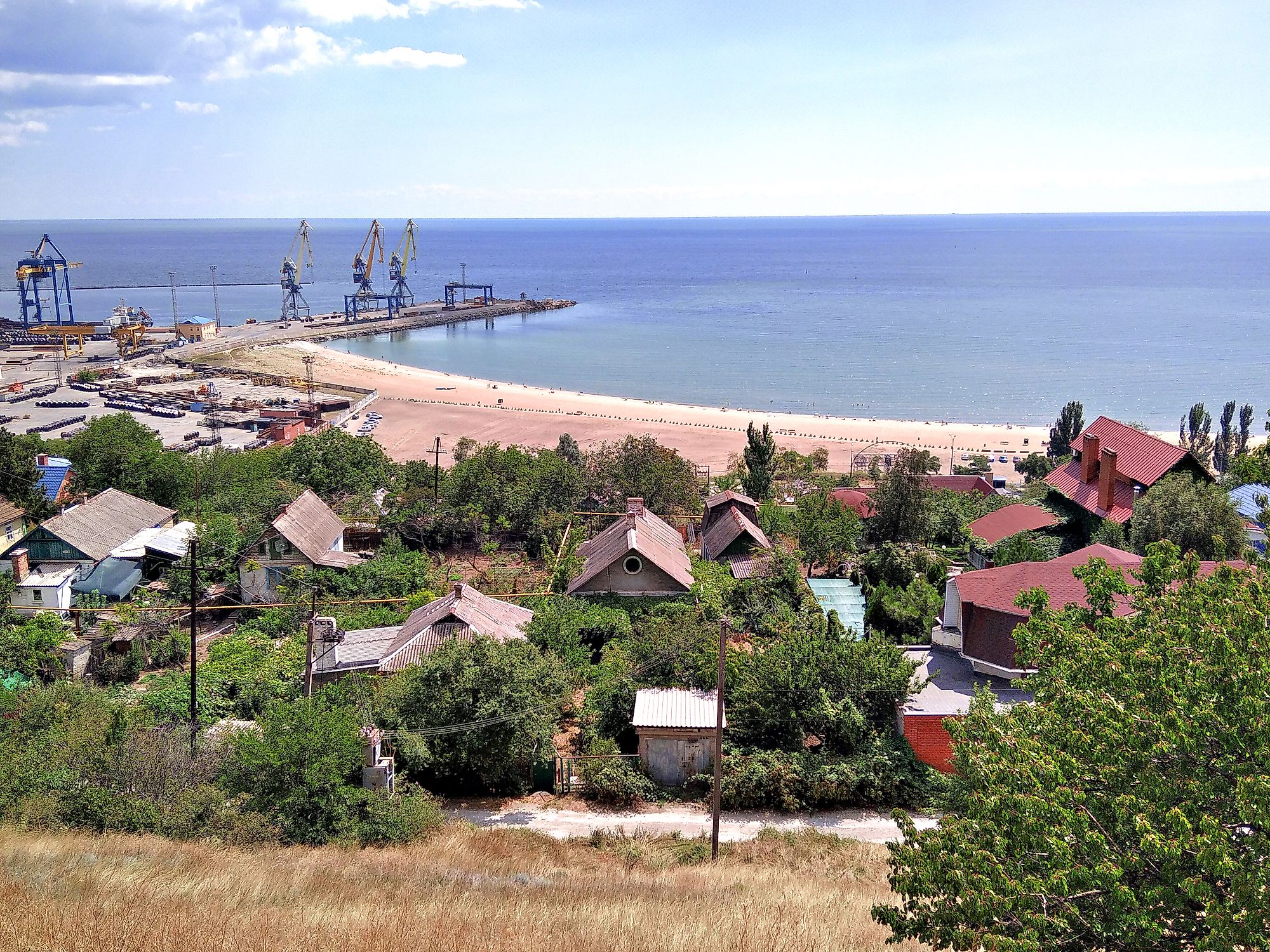
Mariupol, Ukraine
Founded in 1778, Mariupol is a port city set on the northern shore of the Azov Sea as one of the largest cities in the Donetsk oblast in Ukraine. Internationally prestigious, it is known for powerful economics and intellectual potential and is a cultural and historical hub of the region. Despite sitting amongst Ukraine's leaders in producing emissions of harmful substances from the industrial enterprises, the city's health resort, the sea salt in the air, and the waters have been attracting tourists for nearly a century. As the country's major center of metallurgy and machine, and with great economic potential, its fate changed quickly following Russia's aggressive attack on Ukraine on February 24, 2022. Leaving Mariupol with a gaping hole of undetermined future, it is full of death, destruction, and despair at present.
Geography And Climate Of Mariupol
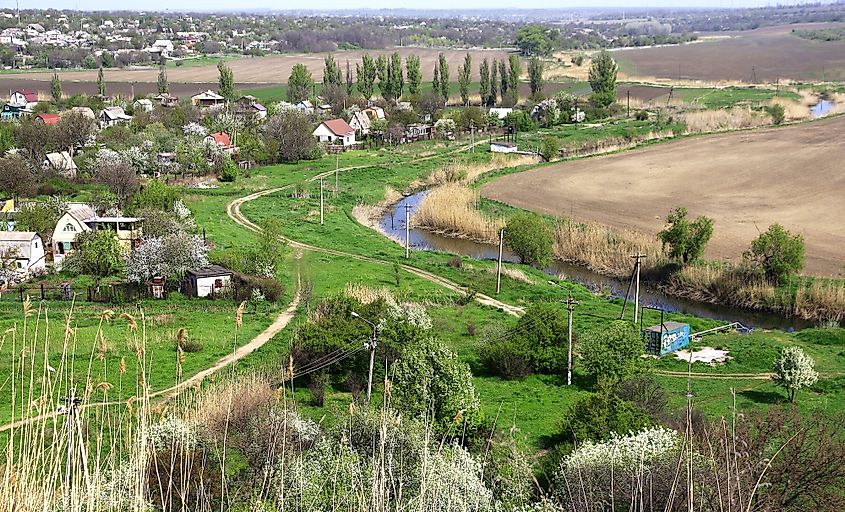
Set 68 m above the sea level in south-eastern Ukraine at the mouth of Kalmius and Kalchik rivers, Mariupol covers an area of 243 km2. The city receives an average precipitation of 420 mm per year. Its average January temperature of 2.4 °C rises to an average temperature of 23.9 °C in July. With a constant population of over 475 thousand, the visitors fleeing to its surrounding Azov sea coast with a sanatorium and a health resort area of national standing would fill the city to the brim. The warm seawater in Mariupol, rich in iodine and minerals and with a temperature of 22-24 degrees Celsius during summer, washes up the narrow strip of sandy beaches that stretch for 16 km, offering 120-some days of swimming a year.
History Of Mariupol
While the first documents stating permanent settlements in the area date back to the end of the 16th century, even the ancient times saw fleets of sea voyagers, such as Cimmerians, Scythians, and Sarmatians, making their way over to the northern Azov region. The Treaty of Kuchuk Kaynarca (1774) between Russia and the Ottoman Empire made the territory officially part of the Russian Empire. The city was founded four years later as Pavlovsk, set in the center of Kalmius Palanka of Zaporozhean. Ordered by H. Potyomkin, Pavlovsk was renamed to Mariupol in 1779 after the wife of the great prince, Pavlo Petrovych. Settled by the Christian Greeks in 1780, various European countries would open their consulates in the following years for the conglomeration of different ethnic groups, cultural traditions, and educational tendencies that the city is known for today.
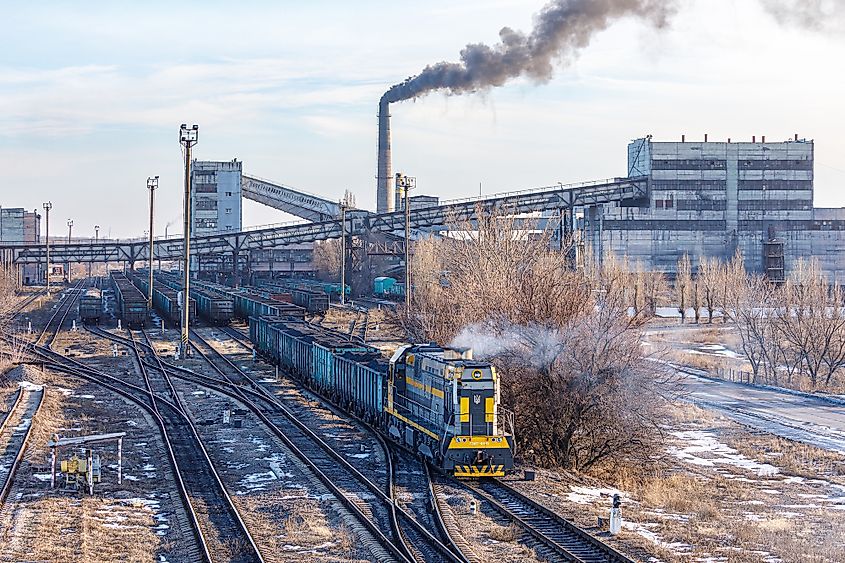
With up to 20 fish processing enterprises in the late 18th century, Mariupol thrived on trade but suffered greatly during the Crimean War of 1853-1856, with maritime trade suspended due to military action. The establishment of the railway in 1882 connected Mariupol to Donbas and other economic centers, such as Donetsk, whose coal would travel to the Mariupol's port. The second commercial port's construction between 1886 and 1889 has led to complete trade revival and an influx of people in the city. At the end of the 19th century, the Nikopol-Mariupol Mining and Metallurgical Society produced steel sheets, oil pipelines, railway rails, and other products. Many new metallurgical plants were nationalized in 1920 after the civil war, creating the Mariupol Metallurgical Plant. The Azovstal Iron and Steel Works was constructed in the early 1930s, and in '33, the first tram line opened to connect the plant and, later, the port to the residential city.
In 1948, Mariupol's name changed to Zhdanov after a Soviet state figure Andrei Alexandrovich Zhdanov, who was born there. Seeing the destruction of all plants and about 80% of residential buildings during the Second World War, the city was fully rebuilt. The new enterprises exceeded the level of pre-war production by 30% by the late 50s. The population grew with the expansion in production industries, including steel sheets, railway rails, gantry cranes, radiators, washing machines, hosiery, confectionery products, and fishing supplies, among many others. Following perestroika, the historical name of Mariupol was returned to the city on January 13, 1989, upon the citizens' request. In 2000, the Greek cultural center appeared in the city of independent Ukraine. The self-proclaimed Donetsk People's Republic took over Mariupol on April 13, 2014, but having not enough forces to maintain control, it became Ukrainian once again on June 13, 2014.
Culture Of Mariupol
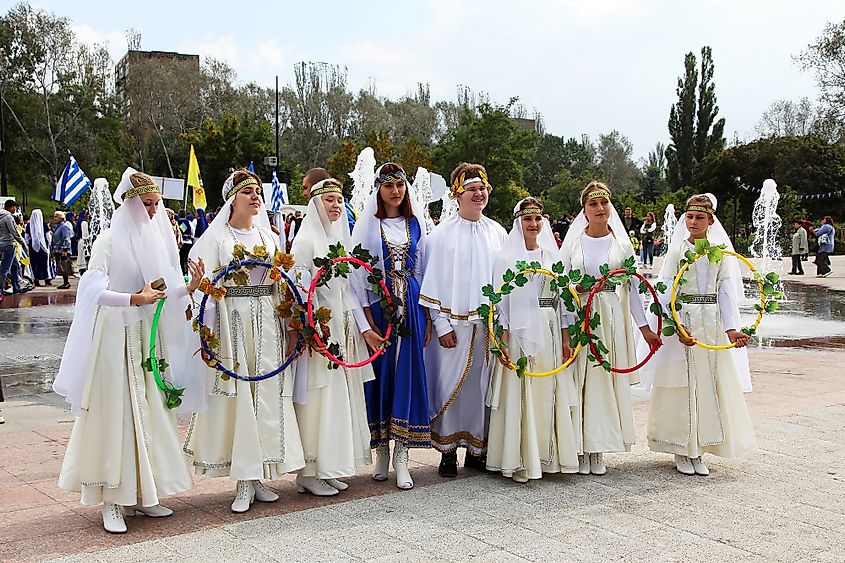
Mariupol is a compact residence of Greeks on the Azov Sea as the center of the Greek culture in Ukraine. With the Russian language predominantly spoken, the city is often called by a gentler version of its name, "Marik." Mariupol Museum of Local Lore is the oblast's oldest museum containing 60,000 exhibits spread over four exposition departments of, nature of the region, pre-Soviet history of Mariupol, Soviet period, and Mariupol in independent Ukraine. The Museum of Folk Life is an exposition dedicated to economic activities and culture of different nationalities from the end of the 18th century, including Ukrainians, Russians, Greeks, Jews, and Germans. The Kuinji Art Museum, built in a historical part of Mariupol in Art Nouveau style, includes over 2,000 exhibits of various art forms. The Museum of the History of the Greeks of the Azov Sea tells the story of the Greeks' resettlement from the Crimean Khanate to the Azov Sea region in 1778-1780, including their onward economic activities and preservation of cultural traditions.
Education
With a settling Law Institute, a Medical University, and a State University of Management, the extensive network of educational institutions trained and retrained specialists according to the conditions on the labor market that were determined by the city's needs, in the spheres of finance, IT, and governmental subsidiaries. Twenty-one research, development, and geological exploration organizations represent the city's scientific and technical potential, while the higher educational institutions and industrial companies' subdivisions also carry out scientific research and development. Effectively combining cultural traditions and educational tendencies, Mariupol was a flavourful epicenter of ethnic groups working together in open communication for comprehensive cooperation for the betterment of the city and Ukraine.
Tourism In Mariupol
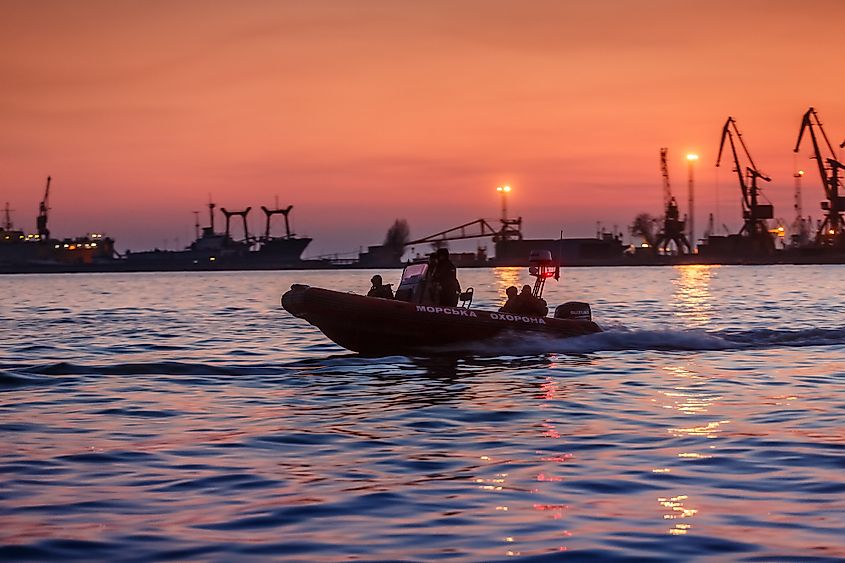
The first sanatoriums were opened in 1926, with more resort towns and villages in the outskirts of Mariupol. As the region's cultural center, its main attractions comprised the coastal location on the Azov Sea and the museum of local lore. Mariupol is filled with monuments of history and architecture, sights, and notable buildings reminiscing to the life and activities of the city's past. There is the Regional Academic Drama Theater, four modern cinemas, eight exhibition halls and museums. The many green spaces and entertainment parks include the Public Garden, the Seaside Park, and the Extreme Park. The City Shopping Center and 13 major hotels served for the convenience of the tourists. The developed network of enterprises and institutions in the tertiary sector also targeted their services to all residents and visitors, including large sports and leisure institutions such as a roofed stadium, swimming pools, exhibition halls, and various leisure centers.
Current Events In Mariupol
Launching his military offensive on Ukraine on February 24, 2022, Russia's President Vladimir Putin faced unexpected resistance from the Ukrainian forces on the ground. His response was to increasingly bombard cities and towns from the air. In the last few days, the besieged city of Mariupol has been facing a real "humanitarian catastrophe," with Russians hitting critical infrastructure that stopped all water, heat, and electrical supplies.
On Saturday, the first attempt to move out civilians from Mariupol and the smaller nearby Volnovakha was aborted shortly after it began. The Ukrainian officials say that Russian forces continued shelling the city and the surrounding areas, despite the temporary ceasefire in the area, preventing people from leaving safely. Sans offering evidence, Russia denied the claims of targeting civilians, saying that no one made use of the corridors that were agreed on during the second round of talks between Ukrainian and Russian officials last week. Russia also accused the Ukrainian "nationalists" of being the ones that prevented the civilians from leaving.
Today, Pro-Russian separatists and Ukraine's National Guard blame each other for the second failed evacuation of the city upon the attempt to arrange it by both sides. As told on the news by a Ukrainian fighter, the Russian and pro-Russian forces encircled the port city of some 400,000, continuing to shell the agreed-upon ceasefire areas. In turn, an official of the Donetsk separatist administration says that the Ukrainian forces fail to observe the limited ceasefire.
The plan was to move people out by municipal buses or let civilians leave in their own vehicles via a strict route of the humanitarian corridor that was confirmed by an official from the "Donetsk People's Republic." According to a source, from the planned 200,000 people to be evacuated from Mariupol on March 6, only about 300 people were able to leave successfully.
